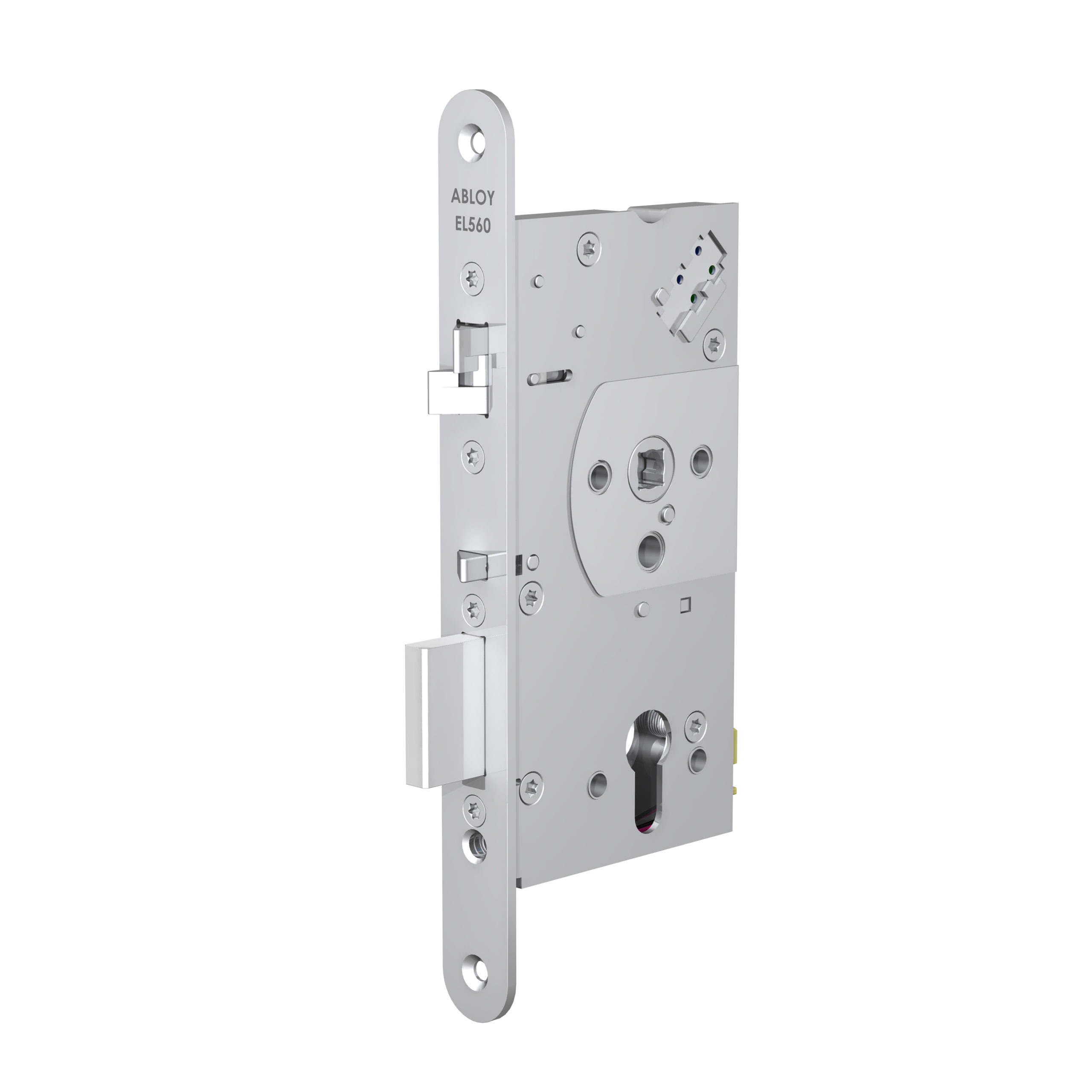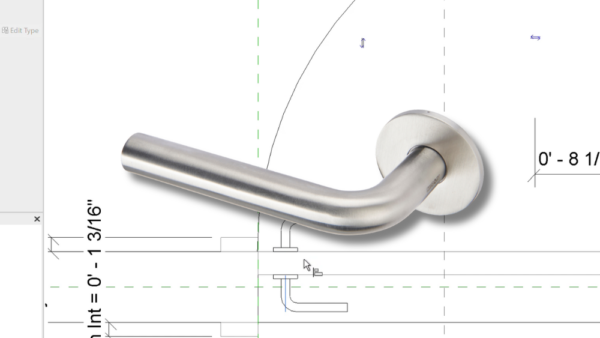
To mark the start of Fire Door Safety Week 2024, Abloy UK has called for greater awareness and education of fire door compliance, highlighting the need for proper installation, regular maintenance and adherence to legal standards.
By educating building owners and the general public on how to assess and maintain compliant fire doors, Abloy UK aims to improve safety outcomes and ensure fire doors provide maximum protection in emergency situations.
Recent figures reveal a trend in fire-related incidents across England. In the year ending March 2024, Fire and Rescue Services attended 600,324 incidents, marking a 4.1% increase compared to five years ago. Of these, 138,977 were fires, including 61,970 primary fires – those involving significant property damage or personal risk – and 74,881 secondary fires.
In the same period, there were 251 fire-related fatalities and 6,339 non-fatal casualties, with 2,743 casualties requiring hospital treatment, reflecting a 5.8% increase from the previous year.1 These statistics highlight the importance of maintaining fully compliant fire doors, which play a crucial role in containing the spread of fire and smoke, protecting lives and limiting property damage.
Fire doors must meet standards
Doors must be installed, maintained, and regularly checked to meet compliance standards. A faulty or non-compliant door can significantly compromise safety, increasing the risks for building occupants in the event of a fire.
Pat Jefferies, commercial director at Abloy UK, explains: “The recent statistics surrounding fires in England is a reminder of the importance of proactive fire safety measures.
“A compliant fire door is a critical line of defence in the event of a fire, but only works when properly installed and maintained. Our aim for Fire Door Safety Week this year is to educate people on how to ensure their fire doors meet safety standards.”

With this in mind, the Abloy Academy has been educating delegates on fire door compliance for over a decade, offering a free-of-charge Electrical Locking Fire and Escape Doors CPD course.
This RIBA Approved CPD covers the fundamental requirements when incorporating access control systems in commercial buildings, including the electric locking options available, and how to design standard compliant access control systems.
It also explains how to ensure that electric locking specifications meet the requirements of both fire door and escape door legislation. This includes BS EN 179 Emergency Escape (for when the building occupants are aware of the building environment), BS EN 1125 Panic Escape (for environments used by the general public) and BS EN 13637 Electronically Controlled Escape Systems (for use on escape routes).
These standards state that even if a door is electronically controlled for access there must be a compliant mechanical means of escape in an emergency. In the case of fire doors this is essential to provide fire protection, compartmentalise a building and protect the escape routes.

As well as providing free courses on fire door compliance, Abloy UK also offers a range of compliant security product packages that are specifically designed for panic and escape doors. Its range of electric locks includes motor and solenoid locks, which are the most effective forms of electric locking and adhere to the mandatory fire and escape standards.
Pat concluded: “Compliance must be taken very seriously – the shocking increase in fires over the last five years in England makes this an even more pertinent issue. With the free courses available at the Abloy Academy, specifiers of access control solutions for emergency escape and fire doors can ensure that systems adhere to the latest regulations.”
To view the full range of training options available and book your place, go to www.abloy.co.uk/en/abloy/abloy-co-uk/academy/.








